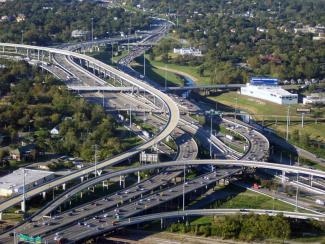
Countless Black neighborhoods were once flourishing parts of their cities. Sometimes they did TOO well – so local governments found a clever method to ruin them and keep them going downhill without relying on terrorism or bombing. What was it?
West Baltimore, MD was once a politically powerful Black neighborhood, a center of civil rights work as well as Black culture. Then the city decided to build a highway – RIGHT THROUGH IT. Disconnected from city services and partially demolished, it became a shell of its former self. And it’s not alone.
Detroit’s Black Bottom was the oldest neighborhood in the city, home to many who’d come north to escape Jim Crow. Then along came Interstate 75, which devastated 350 Black businesses.
The Phillips Community in Charleston, SC was also a center of Civil Rights work. But a highway project in 1965 bulldozed the NAACP leader’s organizing hub and split the neighborhood in two. This isn’t just history – a new road project is slated to destroy the neighborhood even further.
There are communities like these in almost every city in the nation. Highway projects under the banner of “urban renewal” are one of the ways white supremacy suppresses Black communities. We must continue to seek to control our own land and spaces. Building strong Black communities depends upon it!